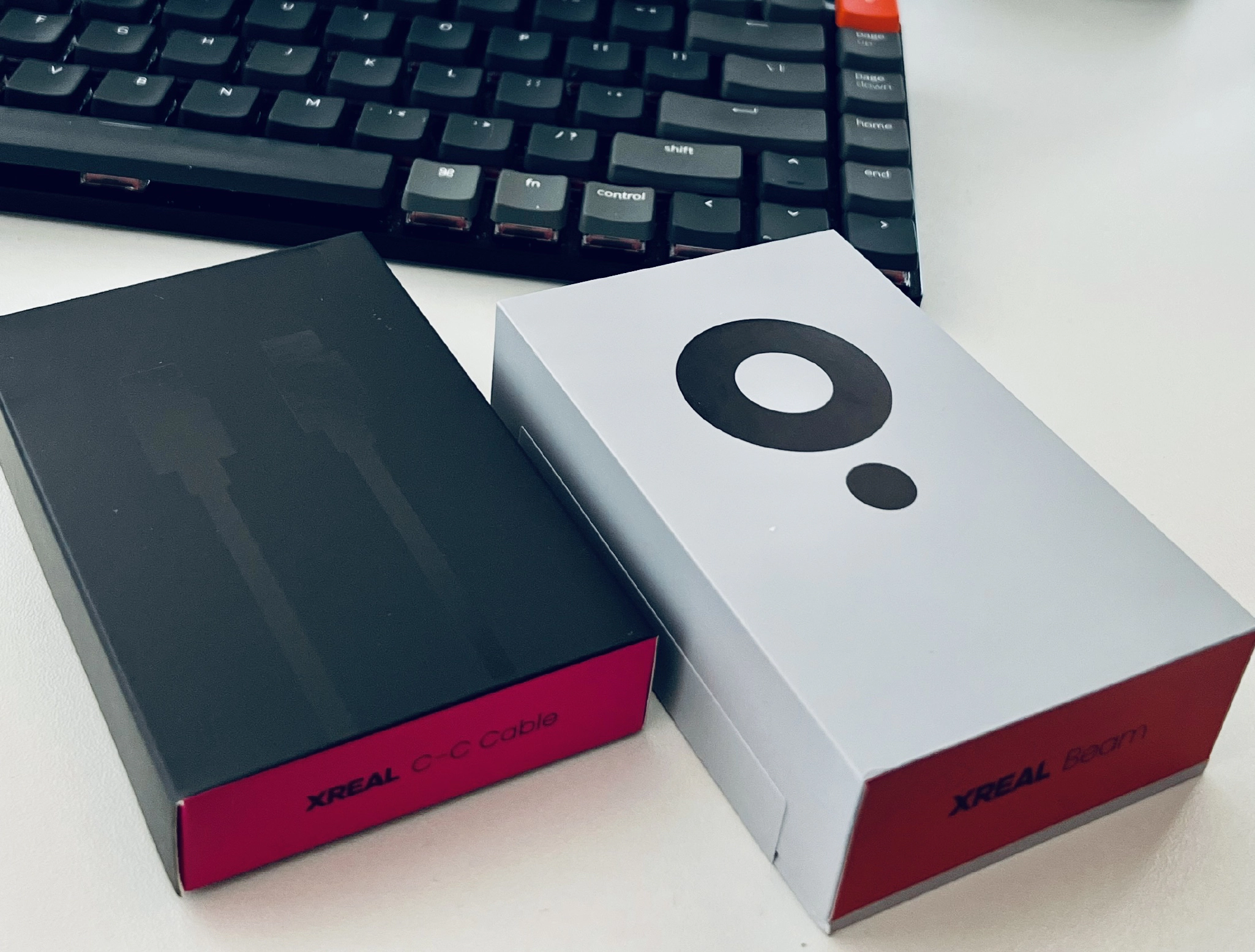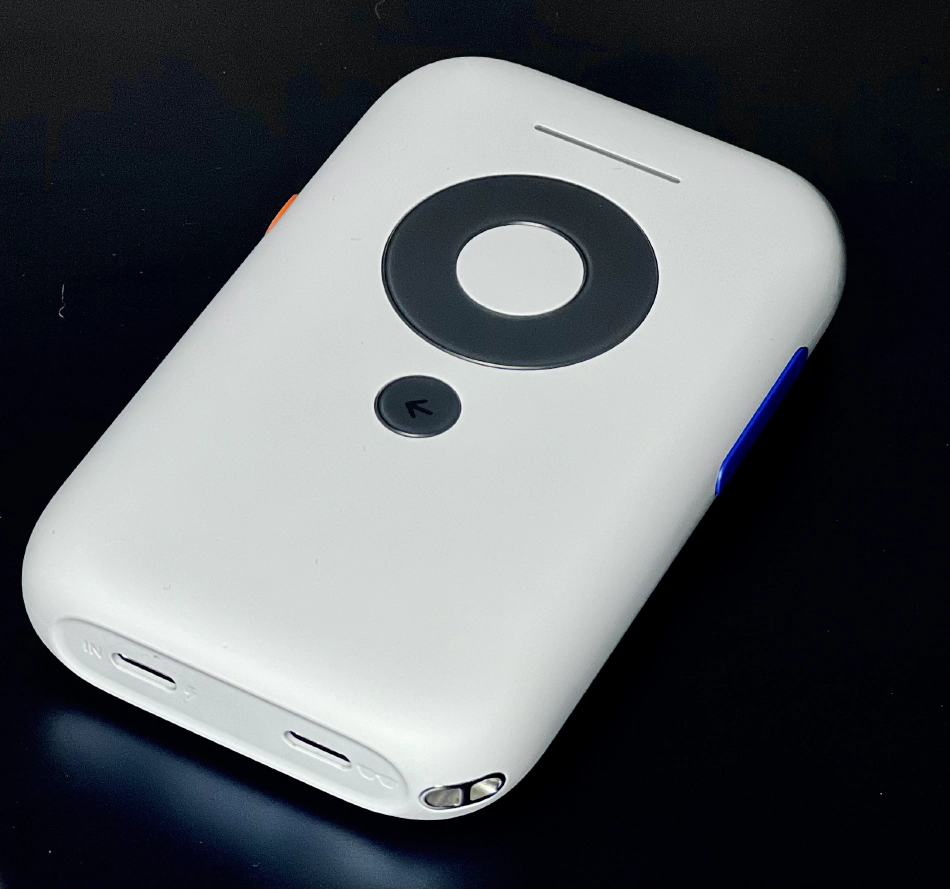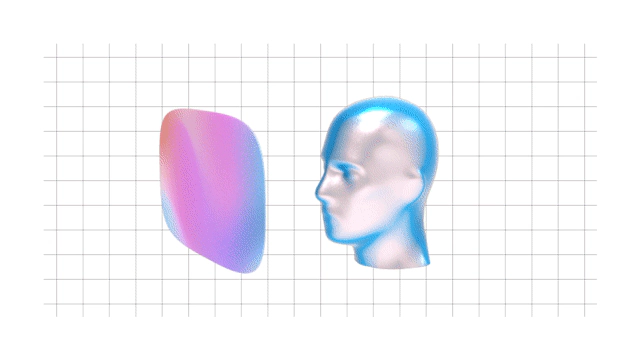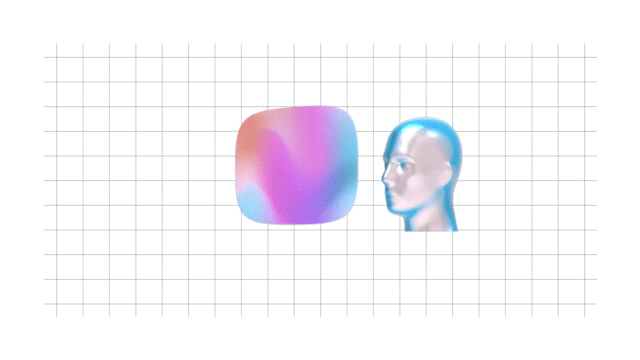The Gear I Use: XReal Beam - A Mobile Software Engineer's Best Friend
As a software engineer, I find myself in a perpetual dance with screens, gracefully navigating between lines of code, debugging sessions, and virtual meetings that blur the lines between work and leisure. Whether I’m immersing myself in the complexities of programming or unwinding with my favorite YouTube channels, these screens have become an inseparable part of my daily routine, almost an extension of my digital existence. So, when whispers of the XReal Beam, a revolutionary device promising to redefine my screen experience, reached my eager ears, I couldn’t help but be drawn in by the intrigue and excitement.
Having already experienced the impressive magic of the XReal Air glasses, those virtual companions that have seamlessly integrated with my daily life, I was filled with a sense of anticipation and curiosity, eager to see how the Beam could further elevate my digital interactions to new heights of convenience and productivity.
Unboxing and Aesthetics
As the long-awaited XReal Beam arrived on my doorstep, I couldn’t help but feel a tinge of excitement as I unboxed the package. The simplicity of the packaging conveyed a sense of quality and attention to detail, hinting at the thoughtfulness that went into crafting this device. The Beam itself, a compact and sleek companion to the XReal Air glasses, caught my eye with its modern design that subtly reminded me of the classic iPod - a familiar touch that brought back nostalgic memories.
Examining the build quality, I was pleased to find that the Beam strikes the perfect balance between sturdiness and lightweight comfort. Its durable construction seems that it can handle the demands of everyday use without feeling cumbersome. The tactile, purplish-grey surface added a touch of intriguing sophistication. It’s evident that the creators of the XReal Beam took aesthetics seriously, and their efforts shine through in the device’s elegant yet understated appearance.


Setup and Connectivity
Setting up the Beam was a breeze, thanks to its intuitive interface and clear instructions. Within minutes, I was able to pair it with my XReal Air glasses and start exploring its features. The Beam introduces new functionalities like Smooth Follow and Sideview modes, which have significantly transformed the way I consume content and multitask.
The Beam’s connectivity is a standout feature. Airplaying a video from my phone to the glasses is as simple as a few taps, and the connection is stable and reliable. The Beam also shines when connected to my MacBook. Using the Body Anchor mode, I can pin a second screen above my laptop screen, effectively doubling my workspace and enhancing my productivity.
Enhanced Viewing Experience
The Beam brings several new viewing experiences to the Airs, elevating my digital interactions to a whole new level. Let’s dive into the three new distinct spatial display modes offered by the Beam.
Smooth Follow

The Smooth Follow mode is a game-changer. The virtual display intuitively follows my head movements, ensuring that my screen is always within my field of view. This feature has been particularly useful when I’m enjoying a video or playing a game, allowing me to move freely without losing sight of my content. Whether engrossed in an article or enjoying a movie, the display gracefully followed my gaze, never missing a beat, creating an immersive and seamless viewing experience that kept me captivated throughout.
Body Anchor

Body Anchor mode allows me to anchor a virtual display at a specific location in my environment. It’s like having a pocketful of AR magic that can transform any corner into my own floating monitor. This proves to be extremely useful while coding as I can turn my head to read long lines, a much more natural movement than needing to turn my eyes. When connected to my MacBook, I can pin a second screen above my laptop screen, effectively doubling my workspace and enhancing my productivity.
Side View

The Side View mode is like a real-life picture-in-picture, and let me tell you, it has revolutionized the way I handle multitasking. Whether I’m cooking in the kitchen, doing household chores, or even taking a quick restroom break, I can now enjoy an airplayed/casted movie or watch my favorite YouTube channel in the corner of my vision, all while going about my tasks. It’s truly a delightful experience that I didn’t anticipate, making even the most mundane tasks enjoyable and engaging.
Limitations and Realistic Expectations
Despite these impressive features, it’s important to note that the XReal Air and Beam are not without their limitations. They lack the additional sensors typically required for a fully immersive AR experience. However, for what they are designed to do - provide an enhanced viewing and multitasking experience - they excel remarkably. It’s essential to approach these devices with realistic expectations. They are not designed to transport you to a new reality but to augment your existing one.
Battery Life and Portability
The Beam boasts a battery life of 3.5 hours, which is quite acceptable for a device of its kind. It supports 27W fast charging, ensuring that you’re never out of power for long. The Beam and the Air glasses are both lightweight and compact, making them highly portable. This portability, combined with their enhanced viewing experience, makes them ideal for those who are always on the go.
A Software Engineer’s Perspective
As a software engineer, the XReal Beam has been a revelation. The ability to have a second screen that I can position anywhere in my field of view has made my coding sessions more efficient. I can have my code on one screen and my debugging tools on the other, all without needing to switch between tabs or windows. This has significantly improved my productivity and made my work more enjoyable.
But it’s not all work and no play. As a self-confessed YouTube binge-watcher, the Beam has transformed my viewing experience. The Sideview mode allows me to watch my favorite channels while I’m doing other tasks, making my downtime more enjoyable. Plus, the quality of the display and the sound makes it feel like I have a personal cinema right in my glasses.

The Beam Advantage
The Beam brings a significant upgrade to the XReal Air experience. Even in a wired setup, the Beam’s battery offloads power consumption from your source device, extending your time of use significantly. This is a game-changer for those long coding sessions or YouTube binges.
The Beam also offloads the head tracking for the 3-dof to the device from my laptop, freeing up valuable system resources. Now, my system just sees it as a simple USB-C external display, eliminating the need to run the Nebula software. This has made my setup simpler and more efficient.
The Beam’s Body Anchor mode allows me to pin a screen above my laptop, creating a virtual workspace that moves with me. This is perfect for software development, where you typically turn your head to read lines of code. It feels more natural and ergonomic, reducing strain during those long coding sessions.
Jailbroken Already?!
Now, here’s a little secret for those of you who like to tinker. I may or may not have heard whispers on Reddit of people jailbreaking the Beam to sideload their apps directly onto the device, transforming it into an all-in-one binge-watching juggernaut. While I can neither confirm nor deny my participation in such activities, I can say that the Beam’s potential for customization is intriguing. However, with XReal promising native app support soon, I would recommend holding off on any jailbreaking adventures. Patience is a virtue, after all, and it’s always best to play it safe when it comes to your tech.
Pre-Release Speculation and Real-World Actuality
Oh, the anticipation I felt before the release of the amazing XReal Beam! I was bursting with excitement, just like any tech enthusiast would be. So, I couldn’t resist sharing my thoughts and speculations about this marvelous device on Reddit . With my background as a software engineer and amateur electrical engineer, I couldn’t help but dive into the possibilities of its hardware and software setup. I had this hunch that it might run a skinned version of Android, beautifully integrating with Nebula’s code base in kiosk mode. Plus, I suggested that we might be able to sideload apps soon after its release, given its OS and hardware.
As the release date approached, my anticipation only grew stronger. I couldn’t wait to experience the XReal Beam in the real world. And when the device finally landed in my hands, I was delighted to see that most of my pre-release predictions turned out to be true! The Beam indeed ran on a skinned version of Android, offering a user-friendly interface and smooth performance.
Now, I want to be clear about sideloading apps and jailbreaking the Beam. While some talented folks in the developer community have achieved this with an online guide, it’s essential to note that XReal doesn’t officially support these actions. They consider them “hacks,” and they’re actively working to patch any vulnerabilities that might lead to unauthorized modifications. So, it’s best to proceed with caution.
The good news is that native app support is on the horizon! XReal has stated that they’re working on it, which will give users a more legitimate and secure way to expand the capabilities of the device.
I must say, the XReal Beam surpassed all my expectations, going beyond the promises made during its pre-release announcements. It was an incredible feeling to have my pre-release speculations so profoundly validated, and it left me even more impressed with the sheer capabilities of this innovative device. Truly a remarkable experience!
Meta Quest 2 Comparison
Before discovering the XReal Beam, I used to rely on my Meta Quest 2 VR headset for a remote multi-screen work environment. While it provided an immersive experience, it often left me feeling isolated. The weight of the Quest 2 also made long sessions uncomfortable, especially during coding marathons. In contrast, the XReal Air glasses are so lightweight that they don’t weigh much more than my standard reading glasses, making portability and long-term use a breeze.
Conclusion
The XReal Beam is not just a device; it’s a realization of the possibilities that can be achieved when cutting-edge technology meets thoughtful design. The seamless integration of hardware and software, along with the imminent native app support, demonstrates the company’s dedication to creating a product that empowers its users. As a software engineer, I can confidently say that the XReal Beam has become my new best friend, enhancing both my productivity and entertainment experiences.
So, whether you’re a software engineer like me, a caregiver , a gamer, or simply someone who values productivity and convenience, the XReal Beam is a device worth considering. It’s not just a piece of technology; it’s a tool that can truly enhance your life in meaningful ways, just as it did for me.

PRODUCT REVIEW

XReal Beam
The XReal Beam is a sleek, compact companion to the XReal Air Glasses, embodying a blend of aesthetic appeal and functional brilliance. Its setup is intuitive, with connectivity that stands out, effortlessly pairing with various devices. The Beam introduces innovative viewing modes like Smooth Follow, Body Anchor, and Side View, each enhancing the way you interact with digital content. Despite minor limitations, its battery life, portability, and the significant upgrade it brings to the XReal Air experience are commendable. Whether for work or leisure, the XReal Beam enriches your digital interactions, making it a worthy addition to your tech arsenal.
Share This Post
As a software engineer, I find myself in a perpetual dance with screens, gracefully navigating between lines of code, debugging sessions, and virtual meetings that blur the lines between work and leisure. Whether I’m immersing myself in the complexities of programming or unwinding with my favorite YouTube channels, these screens have become an inseparable part of my daily routine, almost an extension of my digital existence. So, when whispers of the XReal Beam, a revolutionary device promising to redefine my screen experience, reached my eager ears, I couldn’t help but be drawn in by the intrigue and excitement.
When Apple launched the Vision Pro, it promised a revolution in spatial computing. But for those of us who love to consume and create media, the limited internal storage quickly became a glaring issue. Enter the WD My Passport Wireless Pro, an unassuming device that has transformed my Vision Pro experience. It’s more than just an external drive; it’s a portable media server, a productivity hub, and a travel essential – all in one sleek package.
When I first slid on the Apple Vision Pro, I was bracing myself for another overhyped gadget. Instead, what I encountered was a transformative leap into the future of digital interaction. This wasn’t merely a high-tech toy; it was a tool that seamlessly wove itself into my daily coding rituals, shattering my preconceived limits of what technology could achieve. From that moment, I was hooked—immersed in a mixed reality that felt both groundbreaking and surprisingly intuitive.
Diving into a digital read can be a mixed bag. There you are, comfy in a quiet corner of your home, wrapped in your go-to blanket, ready for some undisturbed reading. You turn on your LCD tablet and, suddenly, it’s like you’re in a face-off with an overly bright flashlight. Then, switch the scene to reading outside on a sunny day. Instead of getting lost in your story, you’re wrestling with the sun’s glare bouncing off the screen.
Louise Knox - kamusgaulharian.blogspot.com